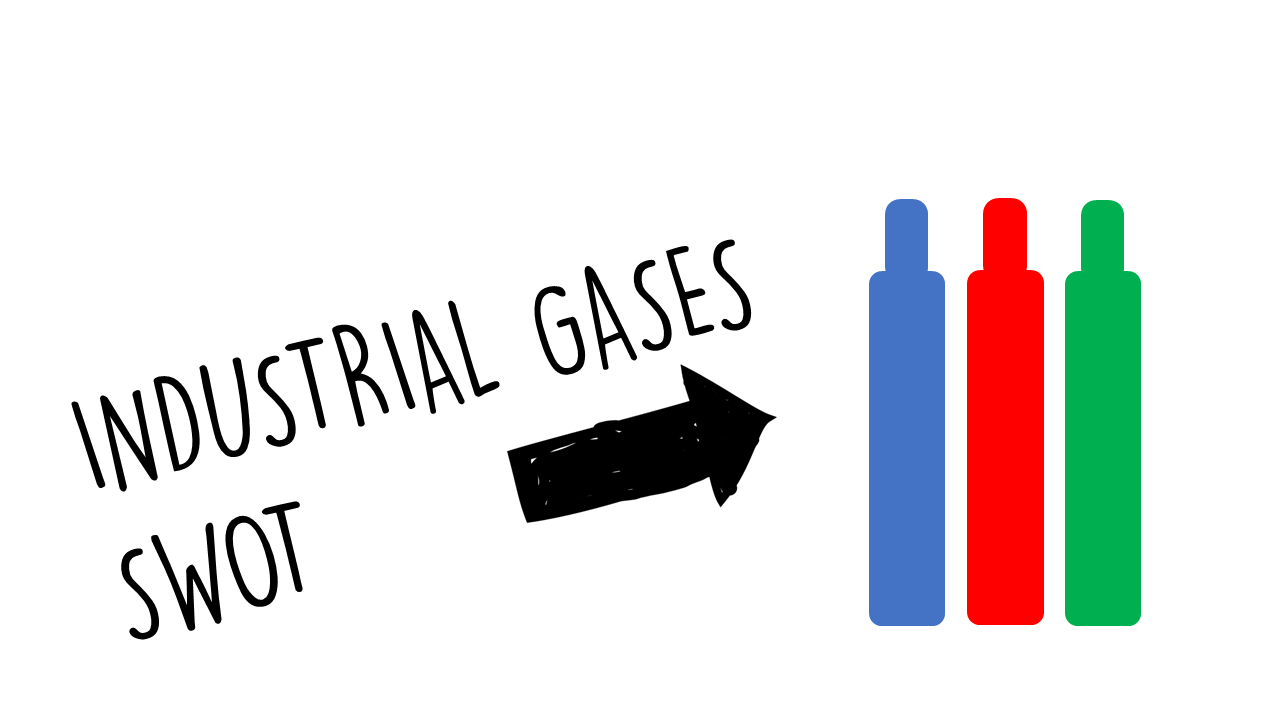Answer:
The question of whether to enter the Austrian Industrial Gas Market is a complex one, requiring a thorough analysis of various factors such as market size and growth, industry attractiveness, and barriers to entry. Let’s delve into these aspects one by one.
1. Market Size and Growth – 3 Key Evidences
Firstly, the Austrian Industrial Gas Market is a significant one. According to Statista, the market size was valued at approximately €1.2 billion in 2020.
Secondly, the market has been growing steadily over the past few years. The Compound Annual Growth Rate (CAGR) from 2015-2020 was around 3.5%, indicating a stable growth trajectory.
Thirdly, future projections suggest that this growth will continue, with the market expected to reach €1.5 billion by 2025.
2. Attractiveness of the Industrial Gas Industry – 3 Key Evidences
The attractiveness of the industry can be gauged from three key evidences.
Firstly, there is a high demand for industrial gases in various sectors such as healthcare, food & beverage, and manufacturing in Austria.
Secondly, there are favorable government policies promoting industrial growth which indirectly boost the demand for industrial gases.
Lastly, Austria’s strategic location in Europe makes it an attractive hub for distribution to other European markets.
3. Barrier to Entry – 3 Key Evidences
However, entering this market is not without its challenges.
Firstly, the market is dominated by established players like Linde AG and Air Liquide which have strong brand recognition and customer loyalty.
Secondly, stringent regulations regarding safety and environmental impact require significant investment in compliance measures.
Lastly, setting up production facilities involves high capital expenditure which can be a deterrent for new entrants.
Summary of Conclusions
In conclusion, while the Austrian Industrial Gas Market presents attractive opportunities due to its size and growth potential, it also poses significant barriers to entry. The industry is attractive due to high demand, favorable policies, and strategic location, but the dominance of established players and regulatory and capital challenges could pose hurdles.
Recommendation: PROCEED in a Niche
Despite the challenges, the potential rewards in terms of market size and growth make it worthwhile to proceed with entering the Austrian Industrial Gas Market. However, a well-planned strategy addressing the barriers to entry will be crucial for success.
The 10 Most Attractive Business Niches
Now let’s delve into the ten most attractive business niches within the Austrian Industrial Gas Market:
1. **Healthcare**: The use of medical gases like oxygen and nitrous oxide is on the rise due to an aging population and increased healthcare needs. This niche offers significant opportunities for businesses.
2. **Food & Beverage**: Industrial gases are used extensively in food processing and preservation. The growing demand for packaged food products is driving growth in this sector.
3. **Metallurgy**: Gases like oxygen, nitrogen, and argon are used in various metallurgical processes. With Austria’s strong metal industry, this niche holds great potential.
4. **Chemical Processing**: Industrial gases play a crucial role in chemical reactions and processes. As the chemical industry continues to grow, so does the demand for industrial gases.
5. **Oil & Gas**: In this sector, industrial gases are used for various purposes like enhanced oil recovery (EOR), leak detection, etc., making it a lucrative niche.
6. **Electronics**: Specialty gases are used in the production of semiconductors and other electronic components. With the rise of digitalization and technology advancements, this niche is set to grow.
7. **Environmental Applications**: Industrial gases are used in environmental applications like water treatment and emission control, presenting opportunities for businesses focusing on sustainability.
8. **Energy**: Hydrogen, one of the industrial gases, is being increasingly used as a clean energy source. This niche is expected to grow significantly in the future.
9. **Manufacturing & Construction**: Industrial gases are used in various manufacturing processes and construction activities, making it an attractive niche.
10. **Research & Development**: Specialty gases are used in various research activities, and with Austria’s strong focus on R&D, this niche holds great potential.
In conclusion, the Austrian Industrial Gas Market offers a wide range of opportunities for businesses across various sectors. However, it’s important for businesses to understand the specific needs and dynamics of each niche to succeed. The market is competitive and constantly evolving, so staying updated with the latest trends and technological advancements is crucial.
20 Biggest Customers on the Austrian Industrial Gas Market
1. Voestalpine AG 2. OMV AG 3. Magna Steyr 4. Siemens AG Austria 5. Infineon Technologies Austria AG 6. Wacker Neuson Linz GmbH 7. Bosch Rexroth GmbH 8. Engel Austria GmbH 9. Benteler Automotive Rumburk s.r.o. 10. S&T AG 11. Fronius International GmbH 12. Greiner Holding AG 13. Lenzing AG 14. Miba AG 15. AT&S Austria Technologie & Systemtechnik Aktiengesellschaft 16. Wacker Neuson Linz GmbH 17. Liebherr-Hausgeräte Lienz GmbH 18. ZF Steyr Fahrzeugtechnik GmbH & Co KG 19. Rosenbauer International AG 20. Polytec Group
10 Biggest Competitors on the Austrian Industrial Gas Market
1. Linde AG 2. Air Liquide 3. Praxair Inc. 4. Air Products and Chemicals Inc. 5. Messer Group GmbH 6. Taiyo Nippon Sanso Corporation 7. BASF SE 8. EPC Groupe 9. Gulf Cryo 10. SOL-SPA
